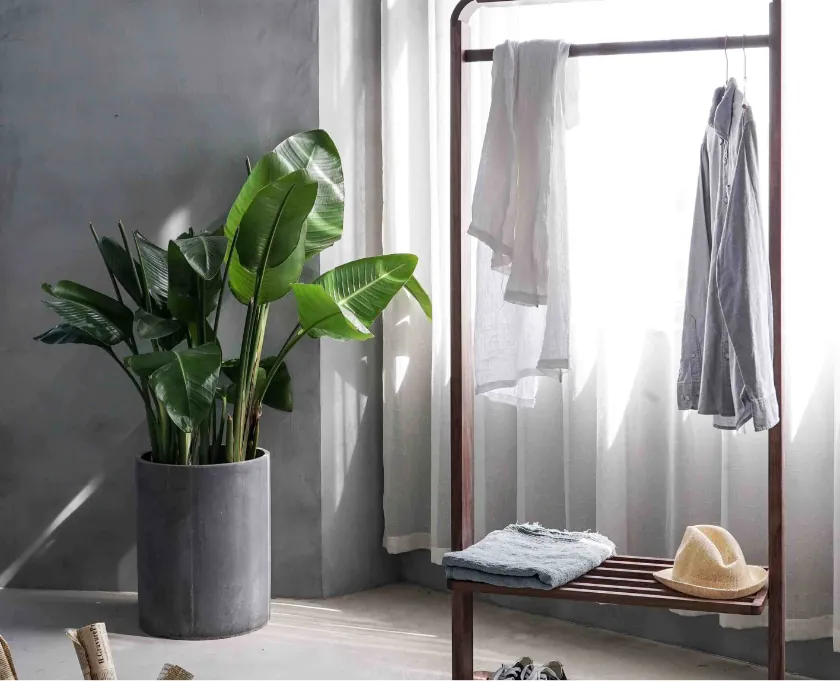Beautiful Plants For Your Interior

Underplanting is a gardening technique commonly used in outdoor gardens, where smaller plants are planted beneath larger ones to create layers of interest and maximize space in a garden bed. While it’s less common to underplant houseplants in the same way you would with outdoor plants, it is possible to achieve a similar effect with certain indoor plants. Here’s how you can do it and some suitable houseplants for underplanting:
How to Underplant Houseplants:
- Select a Suitable Container: Choose a larger container that can accommodate both the larger “main” houseplant and the smaller underplanted ones. Make sure the container has drainage holes.
- Choose a Main Houseplant: Select a larger houseplant that will serve as the focal point of your indoor garden. This plant will occupy the center of the container.
- Select Underplanting Houseplants: Choose smaller houseplants that are compatible with the main plant in terms of light, water, and humidity requirements. These underplanting houseplants should complement the main plant both aesthetically and functionally.
- Planting: Plant the main houseplant in the center of the container, ensuring it’s properly potted and at the appropriate depth. Then, plant the underplanting houseplants around the base of the main plant. Be mindful of the space and root systems of each plant to prevent overcrowding.
- Maintain Care Consistency: Water, light, and humidity needs should be consistent among the different plants in the container. Adjust care routines as needed to accommodate the requirements of each species.
Houseplants Suitable for Underplanting:
- Creeping Fig (Ficus pumila): This trailing plant works well as an underplanting option, adding a lush and cascading effect to your indoor arrangement.
- Baby Tears (Soleirolia soleirolii): This small, delicate plant with tiny green leaves is an excellent choice for underplanting due to its compact size.
- Pilea species (e.g., Pilea peperomioides): These compact, attractive plants are easy to grow and can thrive as underplantings.
- Peperomia species: Various Peperomia species have small, colorful leaves and are suitable for underplanting with larger houseplants.
- Fittonia (Fittonia spp.): With its colorful foliage and small size, Fittonia can make an eye-catching underplanting choice.
- Spider Plant (Chlorophytum comosum): The spider plant’s arching leaves and air-purifying qualities can complement larger houseplants.
- Moss (e.g., Sheet Moss or Mood Moss): While not a traditional houseplant, moss can be used as an attractive underplanting to create a lush, green base.
- Miniature Ferns (e.g., Maidenhair Fern or Button Fern): These small ferns can thrive as underplantings in a container garden.
Remember to consider the growth habits, care requirements, and compatibility of the plants you choose for underplanting. Also, ensure that the container has good drainage to prevent overwatering issues. Underplanting with houseplants can create visually appealing indoor landscapes and add depth and variety to your indoor gardening endeavors.